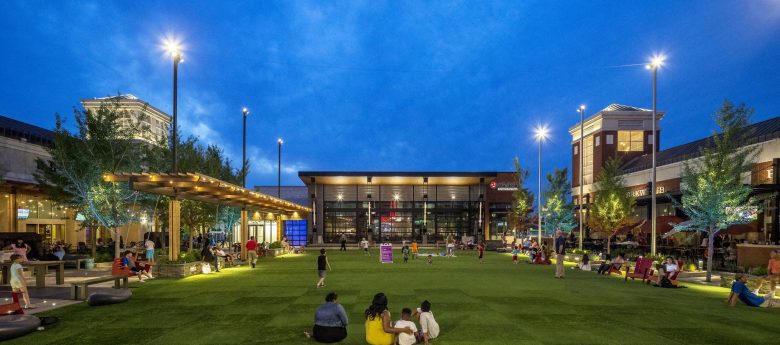Once upon a time when we wanted to keep enemies out, we built a moat around our fortress. If we were really clever we filled it with crocodiles to discourage swimmers. While we no longer use moats for security, we do still use stonework and steel bars, deterrents to unlawful entry that have stood the test of time, but the moat has been replaced by tall metal fences, and the crocodiles by electric current to discourage climbers!
Even with those formidable barriers in place, it’s still not enough in this age of stealth and lock-picking technologies, the enemy has grown cleverer over the years and has an ingenious array of tools and techniques at their disposal to sneak past fences and steel bars. To stop these marauders and protect our national security, very strong government building security solutions have been implemented that are now becoming available to the private sector as well, and many businesses such as retail outlets and offices are beginning to use applicable aspects of them, especially during off hours, the time when thieves love to strike!
We have collected the top recommendations from professional security personnel on the best methods to ensure that your business and its grounds remain secure and the bad guys stay out!
Establish a security perimeter made up of fences or walls. Moats are optional.
Don’t plant large trees and bushes, or place large objects like dumpsters that can be used as hiding places or climbing aids next to, or near the outside of your building.
Take the time to conduct a thorough risk assessment to discover any vulnerabilities. This is a task best performed by an experienced security professional who understands key entry points and what potential weaknesses to look for.
Implement and enforce a strict ID tag-wearing policy. Every ID must be required to show a recent photo of its owner.
Install physical barriers like gates and turnstiles at all access points.
Station weapon detection systems at the major entry points staffed by well-trained and armed security personnel.
Make a record of the identities of all occupants and visitors, and what time they entered and exited the building. Be sure to check their IDs and ask for their signatures in daily logbooks.
In the case of very sensitive areas, require extra identity verification and confirmation procedures that are difficult to fake, such as fingerprinting and retina scans.
Be sure to install automatic locking and a key code entry system on all doors leading to high-risk areas that contain classified information, critical equipment, and other highly valuable assets.
Keep bright lights shining on all areas of the building so they will be well-lit and keep the perimeter clear of any large objects that intruders could use to obscure their unauthorised presence.
Place CCTV cameras wherever possible in and around the facility and take careful measures to make sure that there are no blind spots an intruder can exploit.
Place motion sensor devices with alarms to warn of unauthorized access and automatically send intruder alerts when triggered.
We hope this gives you a better understanding of what security options are currently available. If you feel you need more, you could always throw in some crocodiles!
